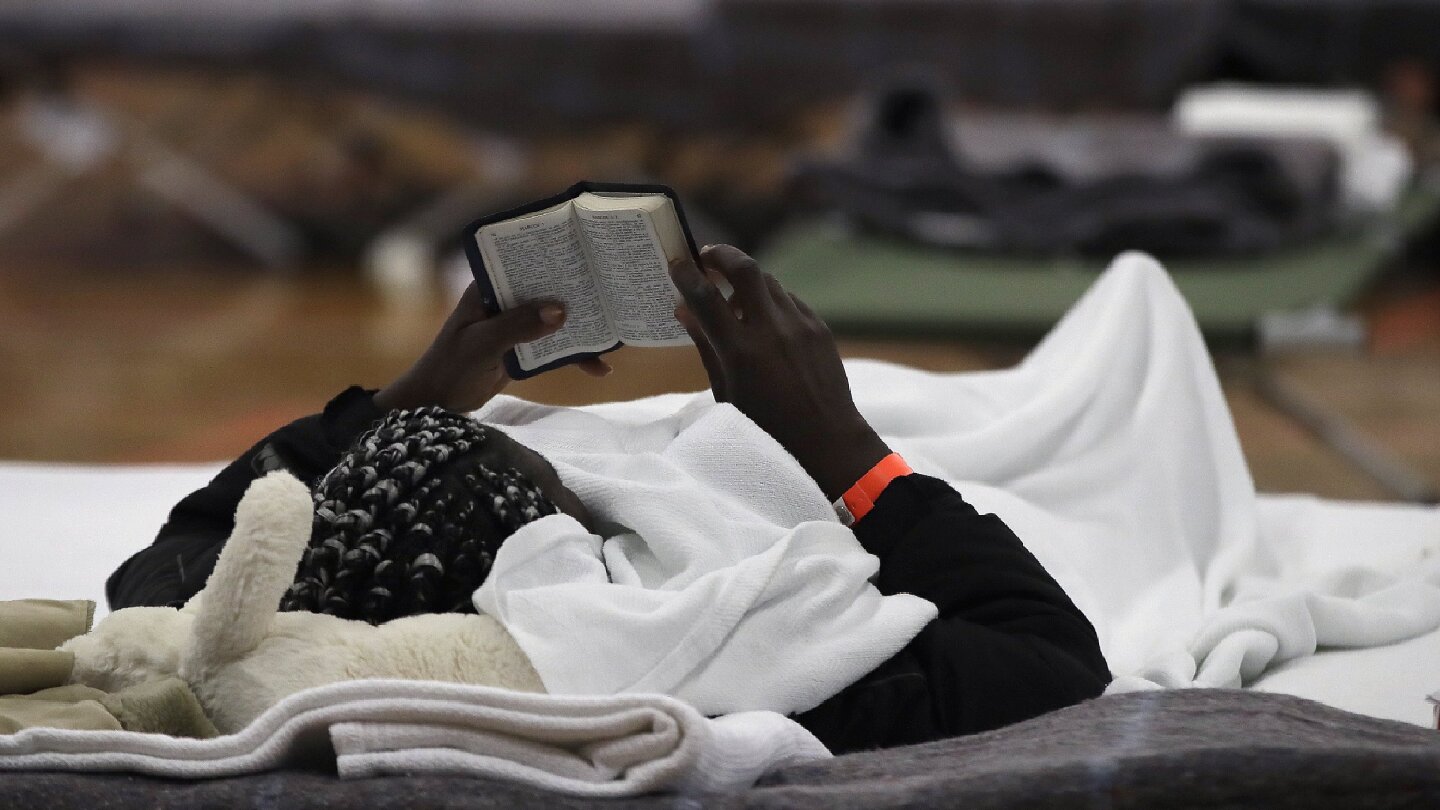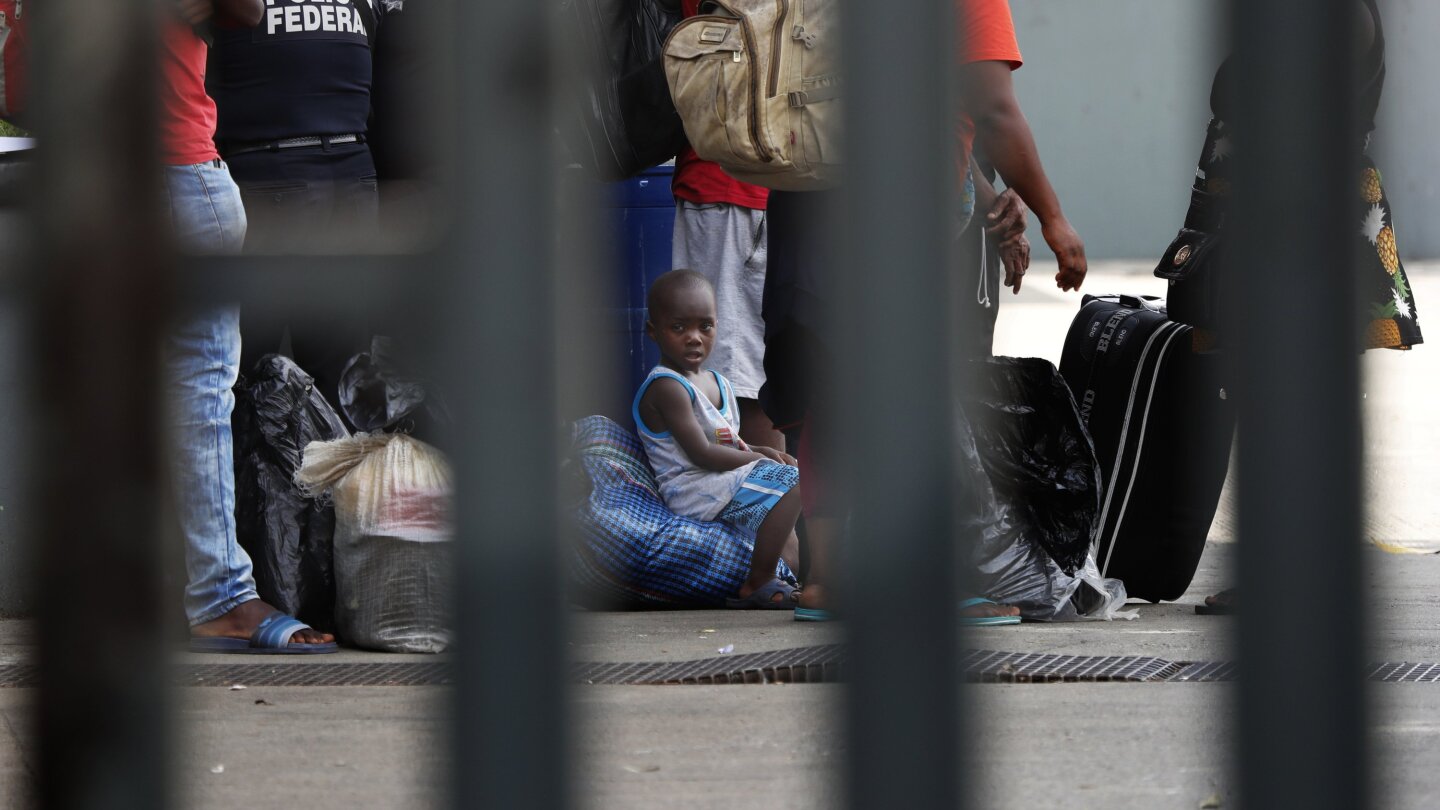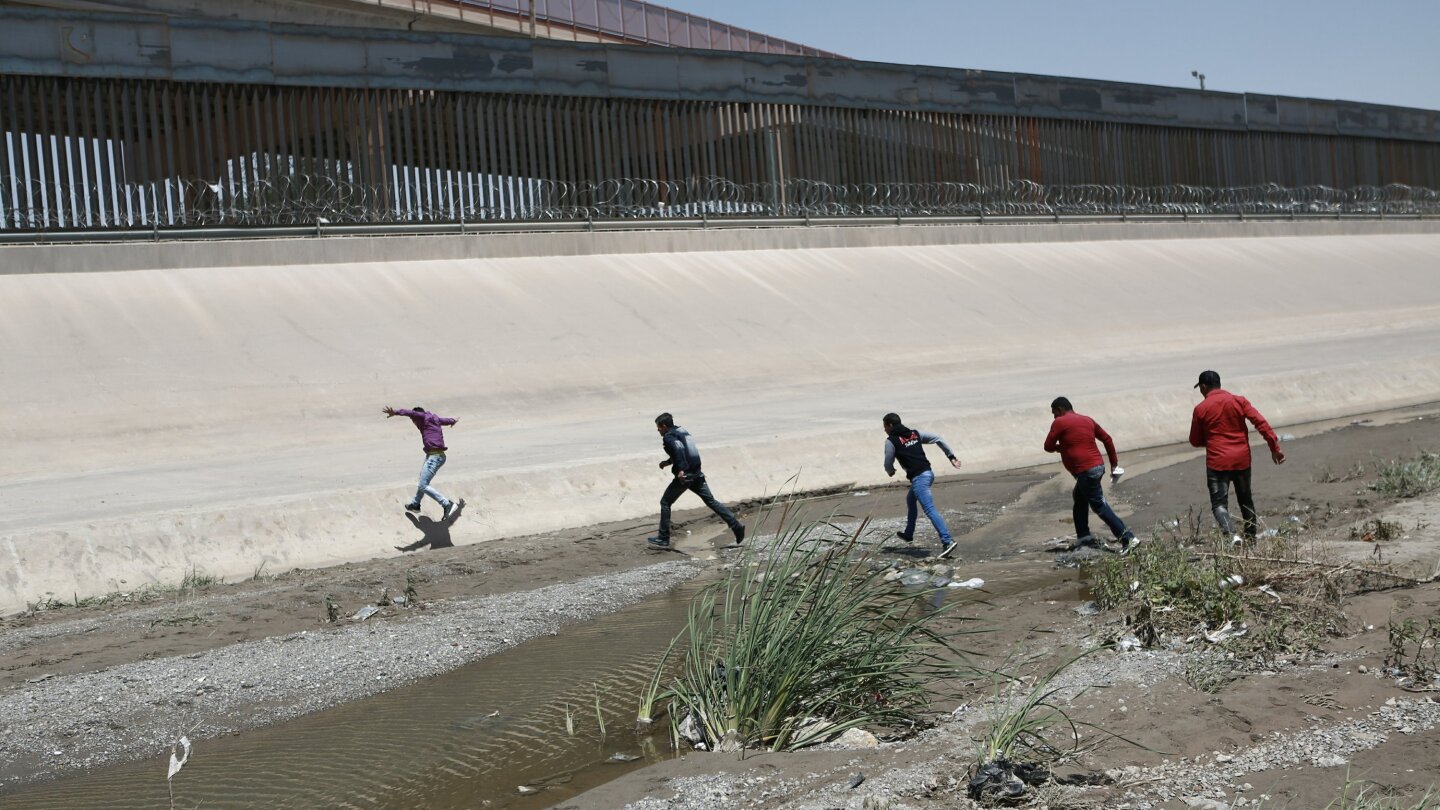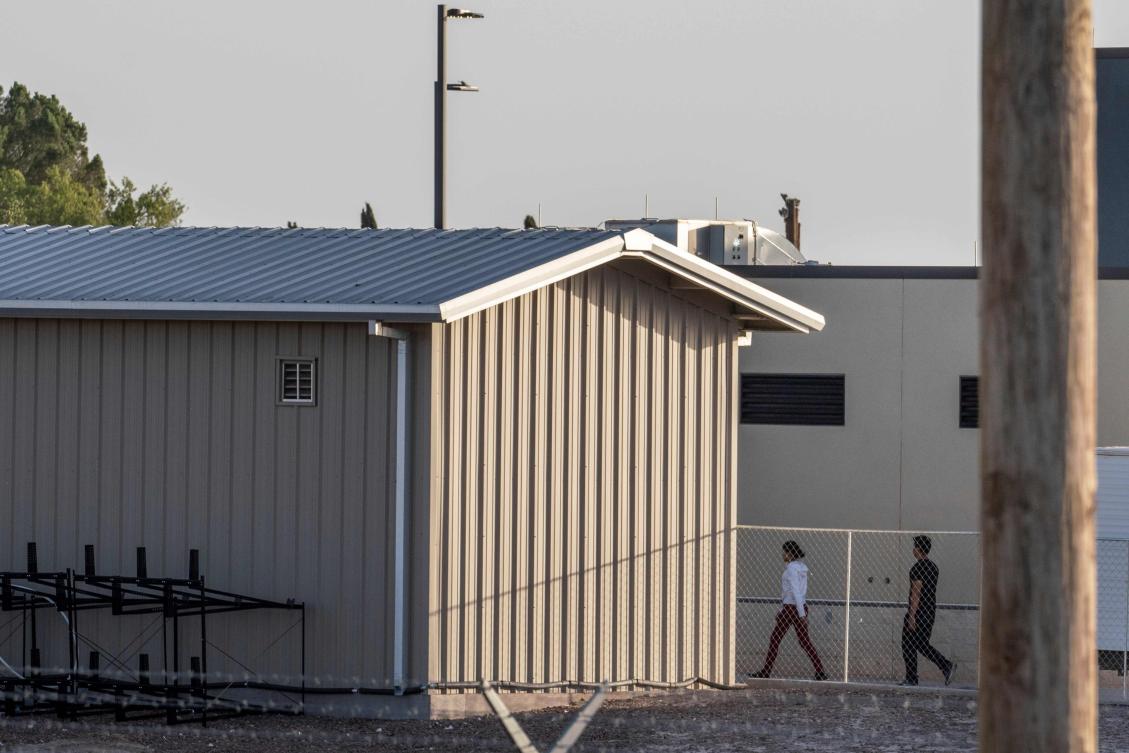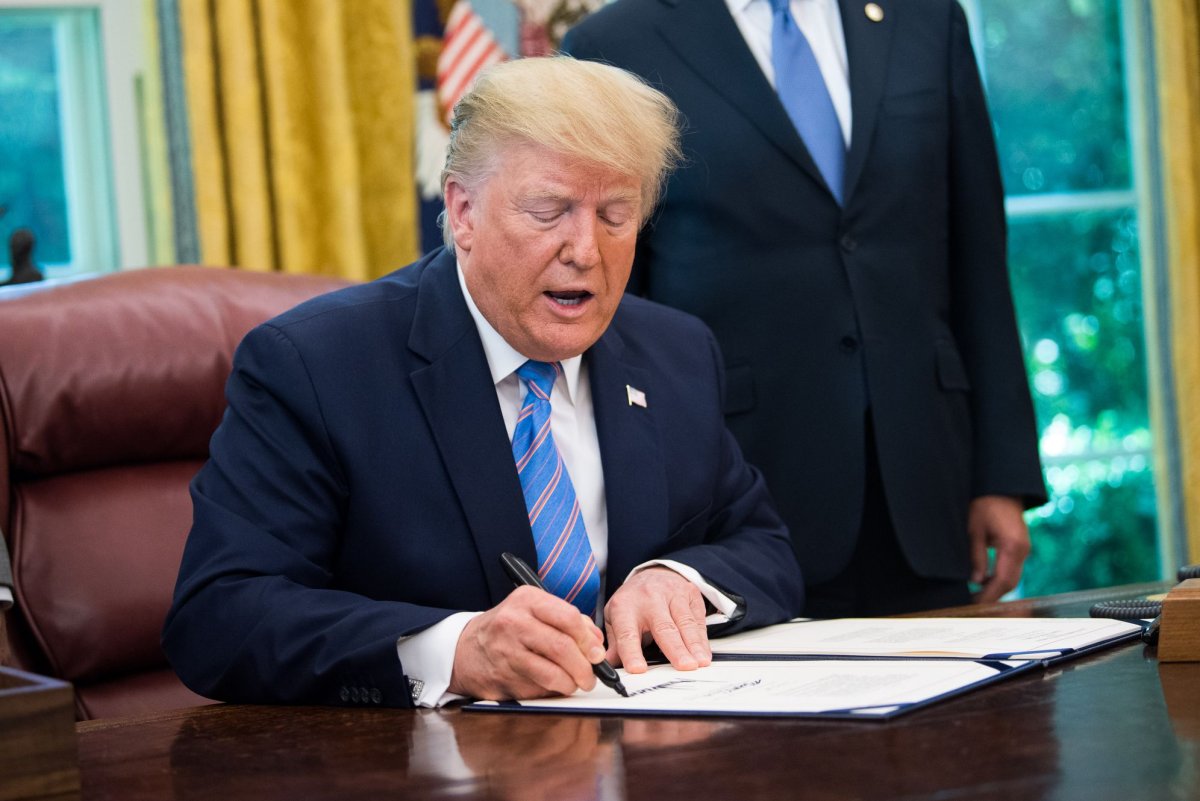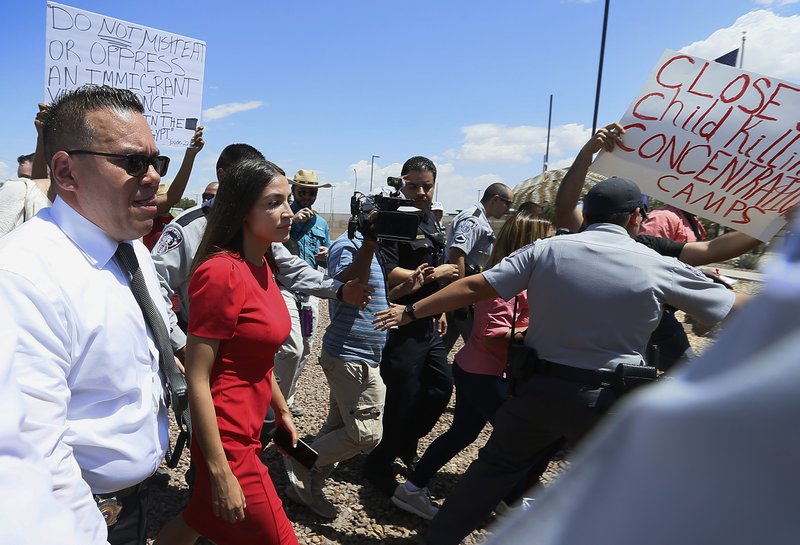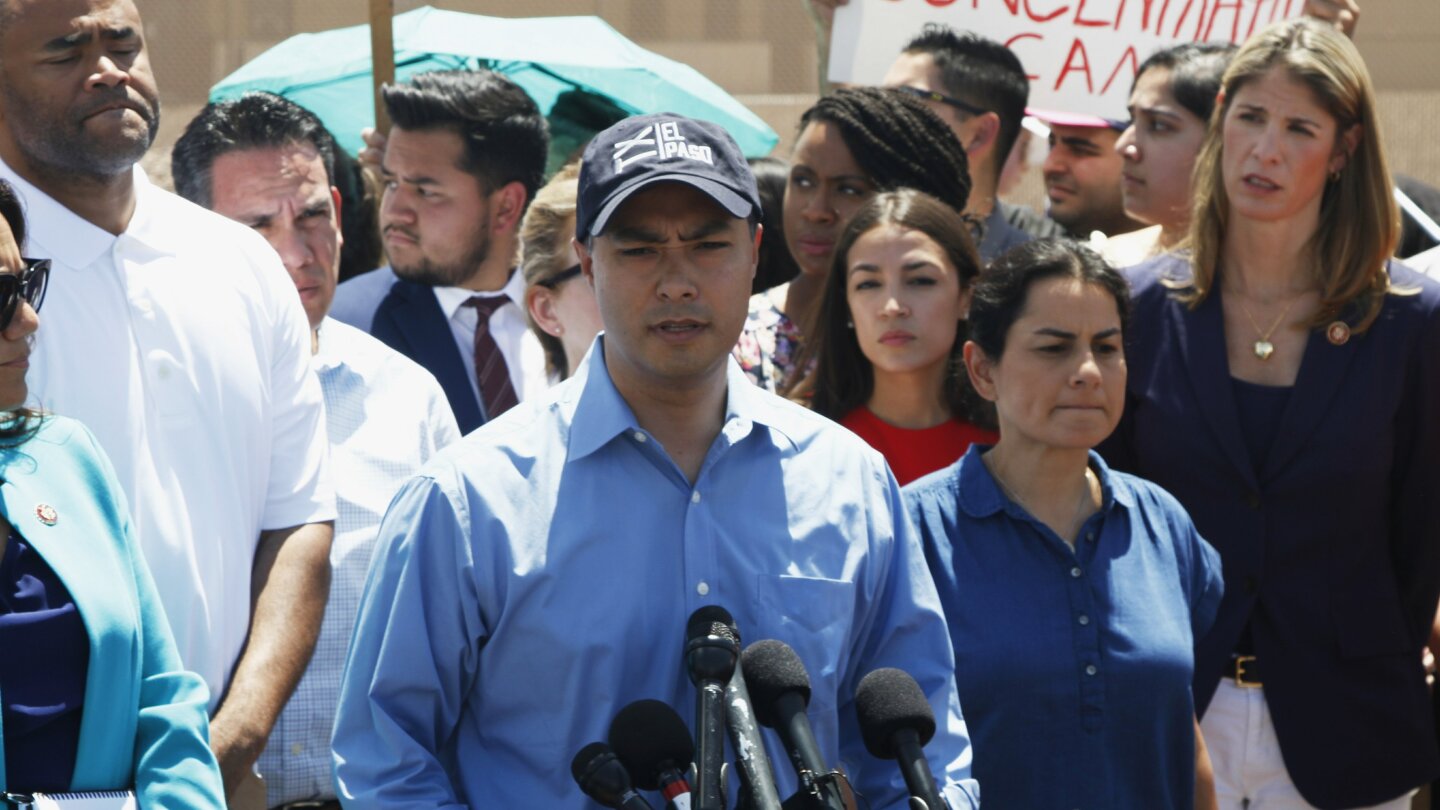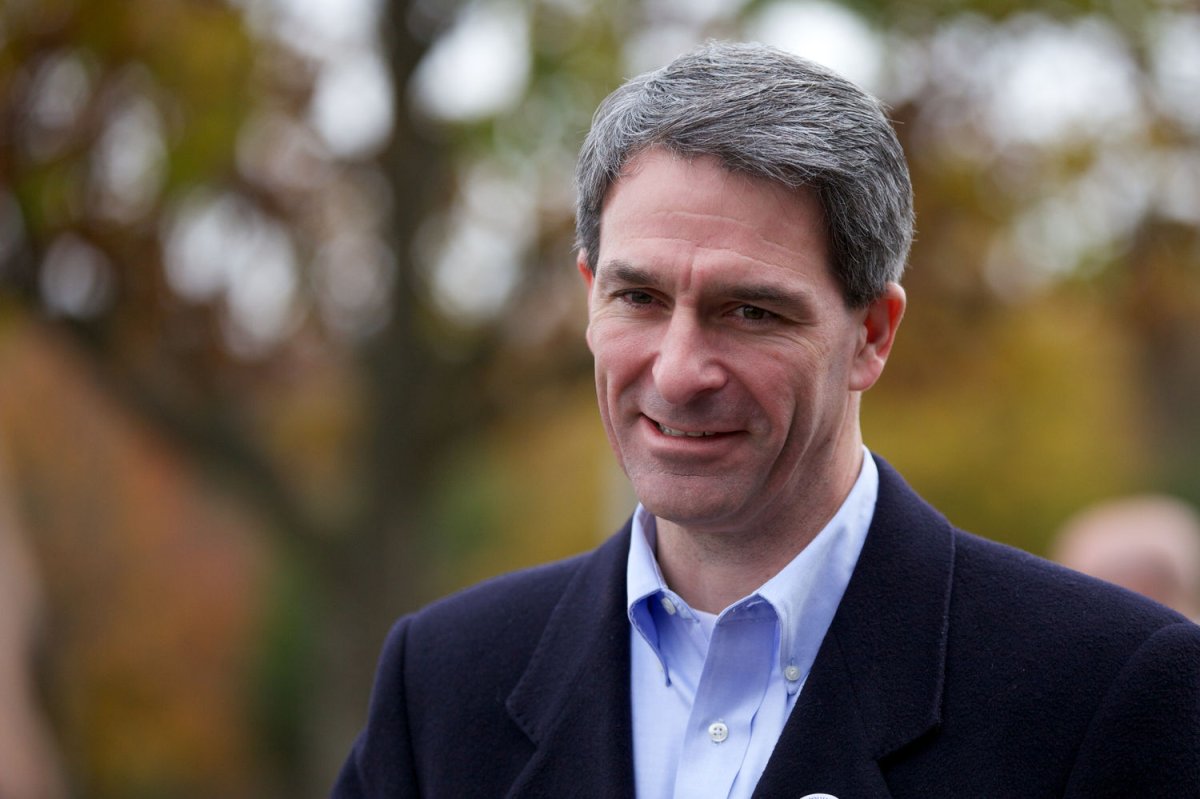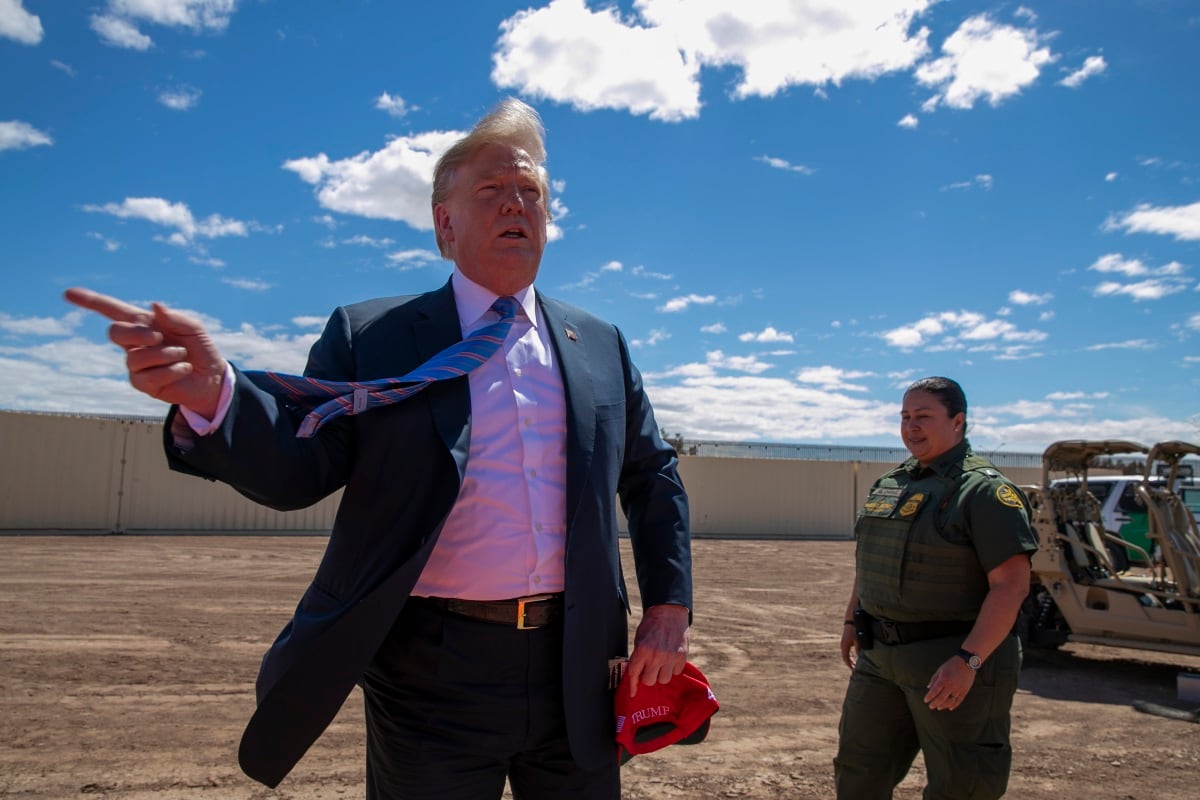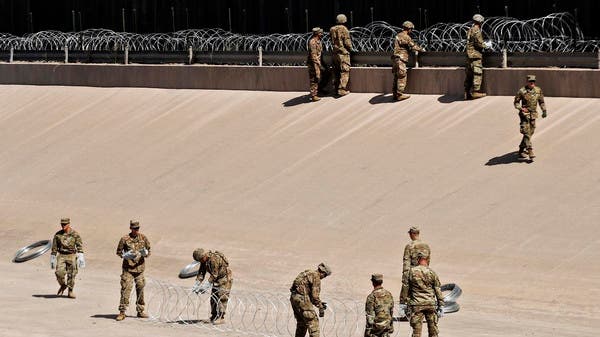CPB announces 2 more adult migrant deaths at border
By Danielle Haynes
June 4, 2019
View attachment 7538
Customs and Border Protection did not release the names of the two migrants who died, nor the cause of their deaths. File Photo by Natalie Krebs/UPI | License Photo
June 4 (UPI) -- U.S. Customs and Border Protection announced two more Central American migrant deaths, bringing the number of migrants who died at the southwestern border over the weekend to three.
CPB said a 33-year-old Salvadoran man died Sunday and a 40-year-old Honduran woman died Monday while in U.S. custody. The agency withheld their names until next of kin could be notified.
CPB said agents apprehended the Salvadoran man near the border in Roma, Texas. The agency did not say whether the man was in the United States legally or not.
Within 12 minutes of his arrest, the man appeared to have a seizure, at which time a CPB medic provided medical care until an ambulance could arrive and transport him to a hospital. Hospital officials declared him dead.
"On behalf of the men and women of U.S. Customs and Border Protection, we extend our deepest condolences to those who are just learning of the tragic death of their loved one," CPB acting Commissioner John Sanders said.
CPB said the Honduran woman collapsed early Monday shortly after arriving at the Eagle Pass South Station in Texas. She allegedly illegally crossed the border earlier that morning.
Agents offered her medical care until an ambulance arrived and transported her to a local hospital, where she was pronounced dead.
"This tragedy marks the second time in less than 36 hours that a person has died immediately following their perilous migration from their home in Central America, though Mexico and across our southwest border," Sanders said.
The two deaths come days after another Salvadoran migrant died four days after CPB agents released her from custody to a hospital. The transgender woman, Johana Melinda Leon, 25, complained of chest pains before she was transported to Del Sol Medical Center in El Paso, Texas.
The cause of her death has not been determined.
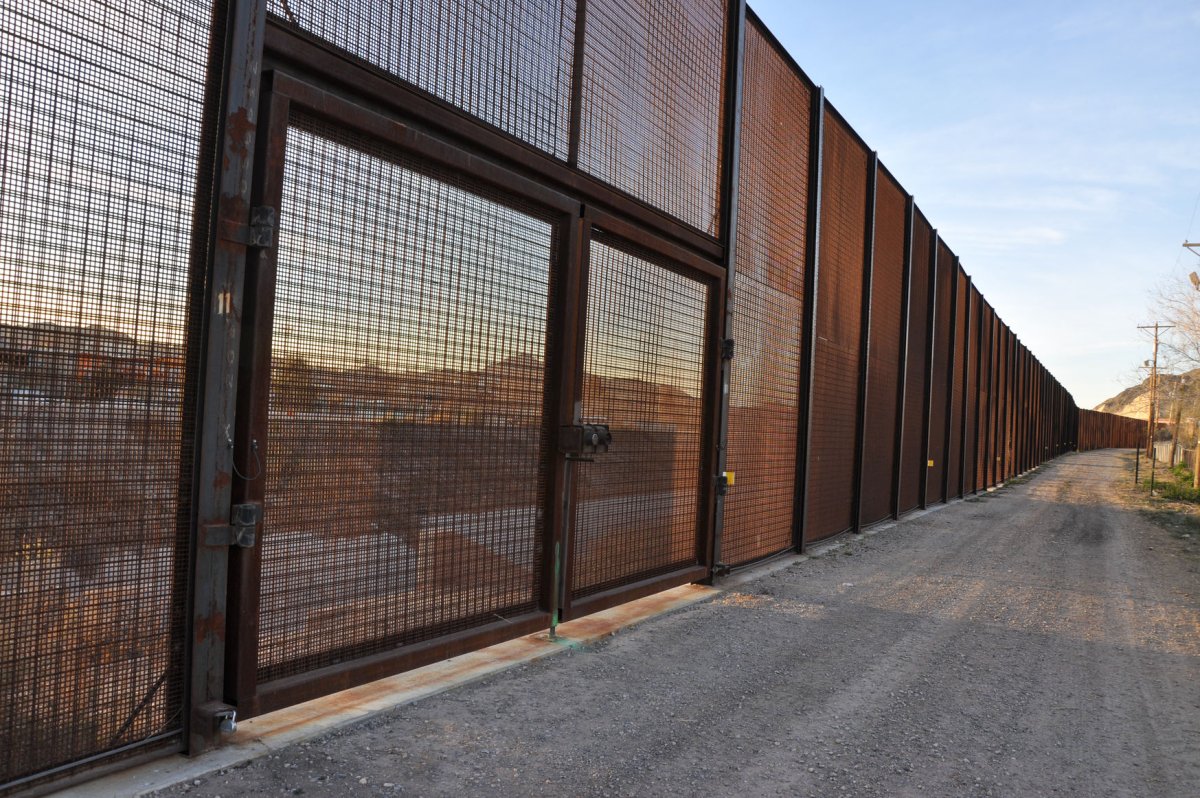
 www.upi.com
www.upi.com
By Danielle Haynes
June 4, 2019
View attachment 7538
Customs and Border Protection did not release the names of the two migrants who died, nor the cause of their deaths. File Photo by Natalie Krebs/UPI | License Photo
June 4 (UPI) -- U.S. Customs and Border Protection announced two more Central American migrant deaths, bringing the number of migrants who died at the southwestern border over the weekend to three.
CPB said a 33-year-old Salvadoran man died Sunday and a 40-year-old Honduran woman died Monday while in U.S. custody. The agency withheld their names until next of kin could be notified.
CPB said agents apprehended the Salvadoran man near the border in Roma, Texas. The agency did not say whether the man was in the United States legally or not.
Within 12 minutes of his arrest, the man appeared to have a seizure, at which time a CPB medic provided medical care until an ambulance could arrive and transport him to a hospital. Hospital officials declared him dead.
"On behalf of the men and women of U.S. Customs and Border Protection, we extend our deepest condolences to those who are just learning of the tragic death of their loved one," CPB acting Commissioner John Sanders said.
CPB said the Honduran woman collapsed early Monday shortly after arriving at the Eagle Pass South Station in Texas. She allegedly illegally crossed the border earlier that morning.
Agents offered her medical care until an ambulance arrived and transported her to a local hospital, where she was pronounced dead.
"This tragedy marks the second time in less than 36 hours that a person has died immediately following their perilous migration from their home in Central America, though Mexico and across our southwest border," Sanders said.
The two deaths come days after another Salvadoran migrant died four days after CPB agents released her from custody to a hospital. The transgender woman, Johana Melinda Leon, 25, complained of chest pains before she was transported to Del Sol Medical Center in El Paso, Texas.
The cause of her death has not been determined.

CPB announces 2 more adult migrant deaths at border - UPI.com
U.S. Customs and Border Protection announced two more Central American migrant deaths, bringing the number of migrants who died at the southwestern border over the weekend to three.

